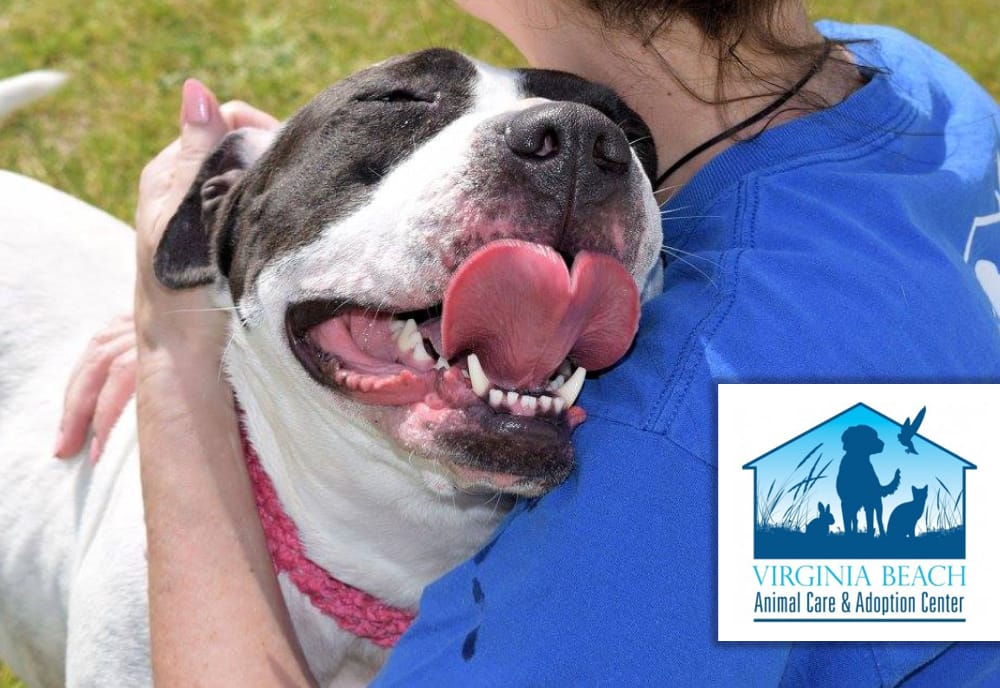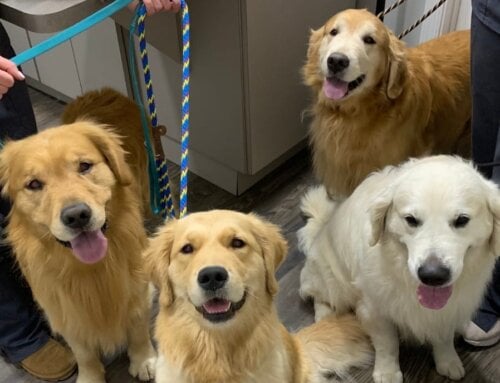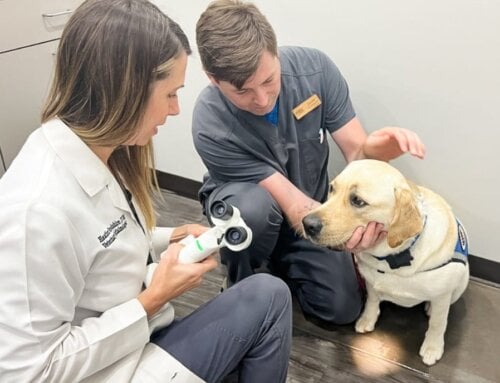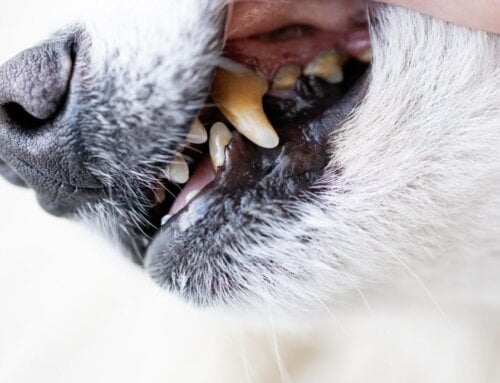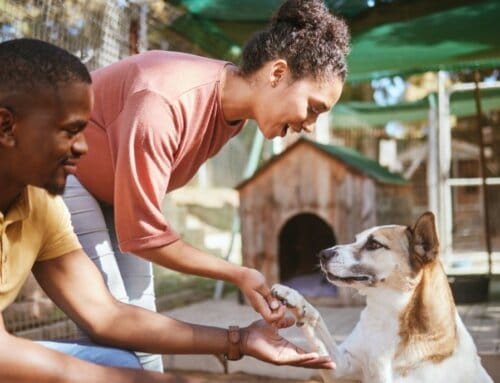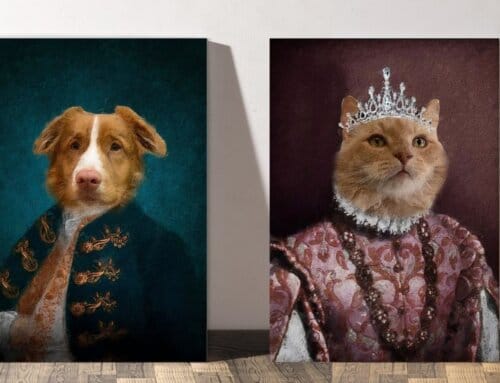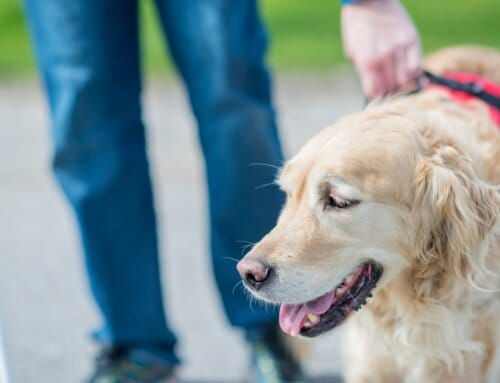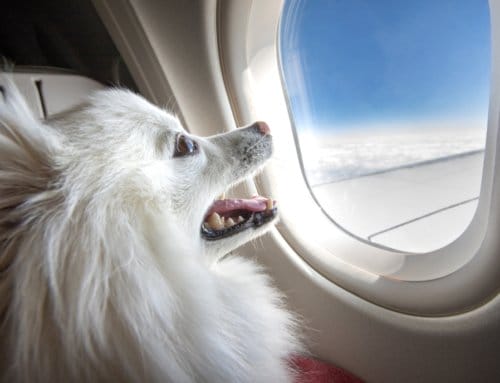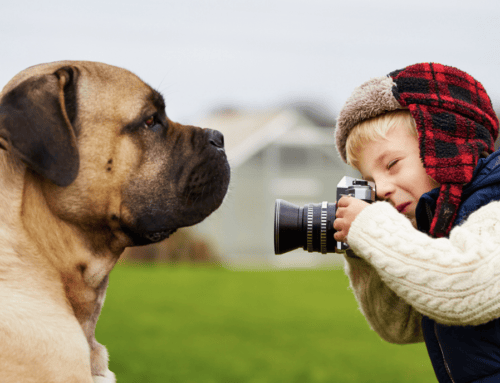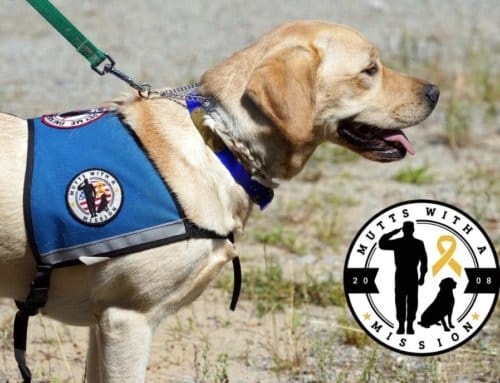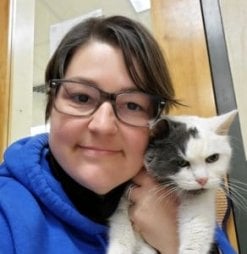 How do you care for 300 animals of all shapes and sizes under one roof? With care and coordination, according to Juleen Ballance, the shelter manager for the Virginia Beach Animal Care and Adoption Center. A unit within the City of Virginia Beach Police Department, the Center provides a caring, safe environment for the city’s unwanted, stray, abused and abandoned animals. Juleen has always had a love for animals, and she has worked in related jobs throughout her career. This is her 20th year working with Animal Care and Adoption Center, and her 12th year in this position. We enjoyed catching up with her for this post on our In Focus blog.
How do you care for 300 animals of all shapes and sizes under one roof? With care and coordination, according to Juleen Ballance, the shelter manager for the Virginia Beach Animal Care and Adoption Center. A unit within the City of Virginia Beach Police Department, the Center provides a caring, safe environment for the city’s unwanted, stray, abused and abandoned animals. Juleen has always had a love for animals, and she has worked in related jobs throughout her career. This is her 20th year working with Animal Care and Adoption Center, and her 12th year in this position. We enjoyed catching up with her for this post on our In Focus blog.
Tell us about the Animal Care and Adoption Center
What types of animals do you receive?
How do people go about adopting?
Have you had to make adjustments this past year due to the pandemic?
We never closed our shelter, but we did modify our business practices. We shifted to an appointment-based system to monitor the number of people in the building. This was a positive change. Before the pandemic, we had a first-come, first-serve policy when adopting out pets. Sometimes that would result in multiple families wanting the same animal at the same time. This can be upsetting. People understand an appointment system, and we’re providing better customer service as a result. We’ve also benefitted from more people being at home this past year who have adopted pet companions.
What about the work you do with missing pets?
When an animal comes to the shelter as a lost pet, our first course of action is to locate the owner. We look for tags and microchips. We post it on the “Lost and Found Pets Hampton Roads” website and “Next Door” community neighborhood apps. For dogs, we have about a 50 percent reclaim rate, returning these pets to their owners. Cats are much lower, at about a five percent return rate. A lot of people have indoor/outdoor cats and think they will just come back, so they don’t report them. My advice—if your cat is missing, report it. It may have been impounded and is in the shelter.
You have a special program for cats that aren’t socialized, right?
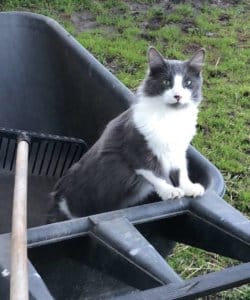 Our Barn Cat Placement Program is becoming more popular, and we’d like it to be even more so! This program is for cats that were found as strays and may be too independent to appreciate living in a house. We place these cats two at a time with land owners, who have a barn or appropriate shelter and can care for the cats. It’s a safe way to control the rodent population in the barn, without setting out poisons or traps. And placing two cats together makes the adjustment to their new home easier; they have each other for companionship. In Virginia Beach, it’s unlawful to have cats roaming at large. We think this program is a perfect solution. Before, euthanasia was the only option for these cats. We want to maximize live release and save as many cats as we can.
Our Barn Cat Placement Program is becoming more popular, and we’d like it to be even more so! This program is for cats that were found as strays and may be too independent to appreciate living in a house. We place these cats two at a time with land owners, who have a barn or appropriate shelter and can care for the cats. It’s a safe way to control the rodent population in the barn, without setting out poisons or traps. And placing two cats together makes the adjustment to their new home easier; they have each other for companionship. In Virginia Beach, it’s unlawful to have cats roaming at large. We think this program is a perfect solution. Before, euthanasia was the only option for these cats. We want to maximize live release and save as many cats as we can.
Last year the media reported about “Lucy the Parkway Pup,” the stray beagle that was on the run for two years. Were you involved with Lucy’s return?
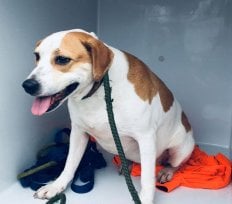 After she was rescued in December 2020, Lucy was taken to our shelter. She was originally adopted from another shelter. Since she had been on the run very successfully for two years, we knew that she would benefit from some training and home living skills before integrating to living with people again. We transferred Lucy to a local beagle rescue group, which is handling her care. She is in a home environment now. It’s not her forever home. But when she’s ready, the rescue organization will be able to screen potential adopters and find a good fit for her.
After she was rescued in December 2020, Lucy was taken to our shelter. She was originally adopted from another shelter. Since she had been on the run very successfully for two years, we knew that she would benefit from some training and home living skills before integrating to living with people again. We transferred Lucy to a local beagle rescue group, which is handling her care. She is in a home environment now. It’s not her forever home. But when she’s ready, the rescue organization will be able to screen potential adopters and find a good fit for her.
Why did you decide to enter this field?
I’ve always had a love for animals. When I was younger, I wanted to go to veterinary school or medical school. You know, when you’re young, you’re all over the place. One day I was with my sister when she took her cat to the veterinarian. It was busy, and the vet said, “Either one of you want a job?” I said yes, and that’s how it started. It evolved from there. I’ve also worked for Norfolk Animal Control and for an emergency veterinary practice.
What is the Center’s relationship with Animal Vision Center of Virginia?
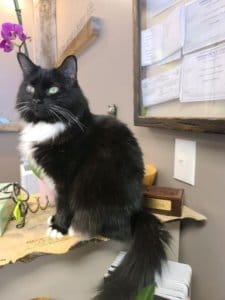 The Animal Control Unit is comprised of two branches, enforcement and sheltering with the entire unit falling under the Police Department. Since the Police Department has working animals such as the Virginia Beach Mounted Patrol horses and K9 Police dogs, we have some care responsibilities. Dr. Brookshire approached us about volunteering her services by performing eye exams on these city animals. That’s how the relationship began. She has also performed eye exams and made treatment recommendations for our shelter animals. Now she is serving on the Animal Care and Adoption Center Advisory Board. She and her staff recently adopted a cat from our shelter, and she is now their “practice kitty.”
The Animal Control Unit is comprised of two branches, enforcement and sheltering with the entire unit falling under the Police Department. Since the Police Department has working animals such as the Virginia Beach Mounted Patrol horses and K9 Police dogs, we have some care responsibilities. Dr. Brookshire approached us about volunteering her services by performing eye exams on these city animals. That’s how the relationship began. She has also performed eye exams and made treatment recommendations for our shelter animals. Now she is serving on the Animal Care and Adoption Center Advisory Board. She and her staff recently adopted a cat from our shelter, and she is now their “practice kitty.”
What advice do you have for new pet owners?
Getting your pet an ID, either a tag or microchip, should be the first thing you do. If your pet is microchipped, be sure to register your information and update it if you relocate. When we find a pet with an ID, we always attempt to contact the owner. Just as important, make sure that your pet is spayed or neutered. Dogs and cats that aren’t do not tend to live as healthy a life. And we don’t want to contribute to our pet population.
How can the public support the Center?
We are accepting applications for volunteers who can foster pets. And we have an Amazon wish list of supplies we use in the shelter—little things that are luxury items for the animals, like aromatherapy or special toys, we wouldn’t purchase within our budget. We accept towels, blankets, peanut butter treats and pet food, and donations are always welcome and appreciated. We are also trying to expand our social media presence, so you can follow us on Twitter @VBadoptablepets, on Facebook @VBanimalcareandadoptioncenter and on Instagram @Adoptable_Dogs_of_VBAC
